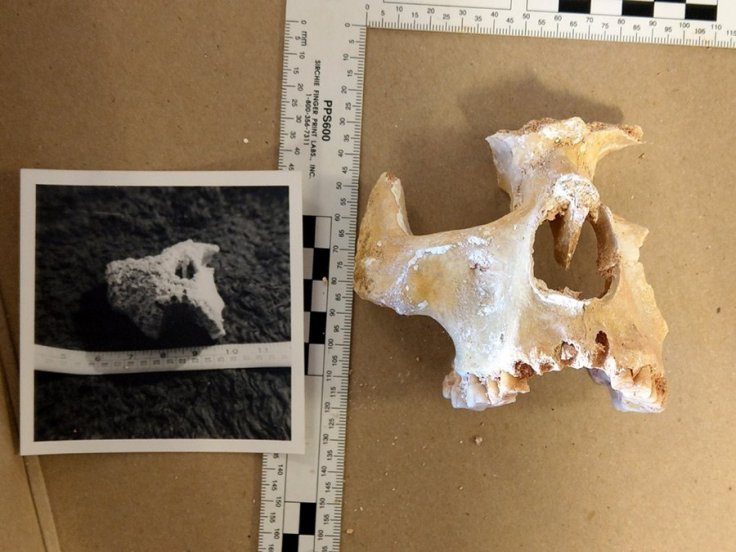
There were two boxes of bones which were stored in an archive for 55 years after its discovery from a cave in Cannington Park Quarry near Bridgwater, Somerset. But recently radiocarbon dating revealed that the bones were as old as or even older than those of Cheddar Man, Britain's early inhabitants.
The bones were discovered in the 1960s when quarry blasting opened up a chamber in the cave and these were found from a breccia layer around the cave.
"This group of bones were initially believed to represent disturbing material from Cannington Cemetery, a Late Roman – post-Roman cemetery excavated in 1962-3 and published by Rahtz, Hirst and Wright (2000)," Cotswold Archaeology said.
But recently the radiocarbon dating has shown that these are more than 9,000 years old. Osteoarchaeologist Sharon Clough at Cotswold Archaeology said that the recent result is very surprising as previously it was thought to be Roman.
It should be noted that after the discovery from the cave these bones were placed in boxes and transferred between museums, including London's Natural History Museum.
Clough said that "It was a bit of a mystery, I'd assumed they had been archived with the rest of the dig from the post-Roman cemetery.
"But they'd been picked out of the rubble in the cave and weren't seen as part of the main dig so they were only mildly interesting and were archived and forgotten about."
As per Clough, these bones belong to at least seven individuals. Among the remains, there are two thigh bones, from an adult or an individual under the age of 18 that were found to be over 9,000 years old and the places of both bones "very clearly in the early Mesolithic."
It should be noted that "Mesolithic human remains are extremely rare discoveries in England, with just 20 firmly dated sites known," mentioned Cotswold Archaeology.
As reported by BBC, after the latest discovery, Clough said that the "Cheddar man has all the bits but we only have a lot of long bones, a few cranial parts and a couple of pieces of the pelvis."
The cave from where these bones were discovered, was completely destroyed by quarrying during the 1990s and "the boxes of bones, sketches and notes are the only surviving evidence for what now appears to have been a rare Mesolithic burial site."
However, in 2018, Cheddar Man DNA analysis revealed that first modern Britain's inhabitants who lived about 10,000 years ago, had "dark to black" skin. Early research stated that these ancient people had pale skin and fair hair, but the groundbreaking DNA analysis strongly suggested that along with dark skin tone, they had blue eyes and dark curly hair.









